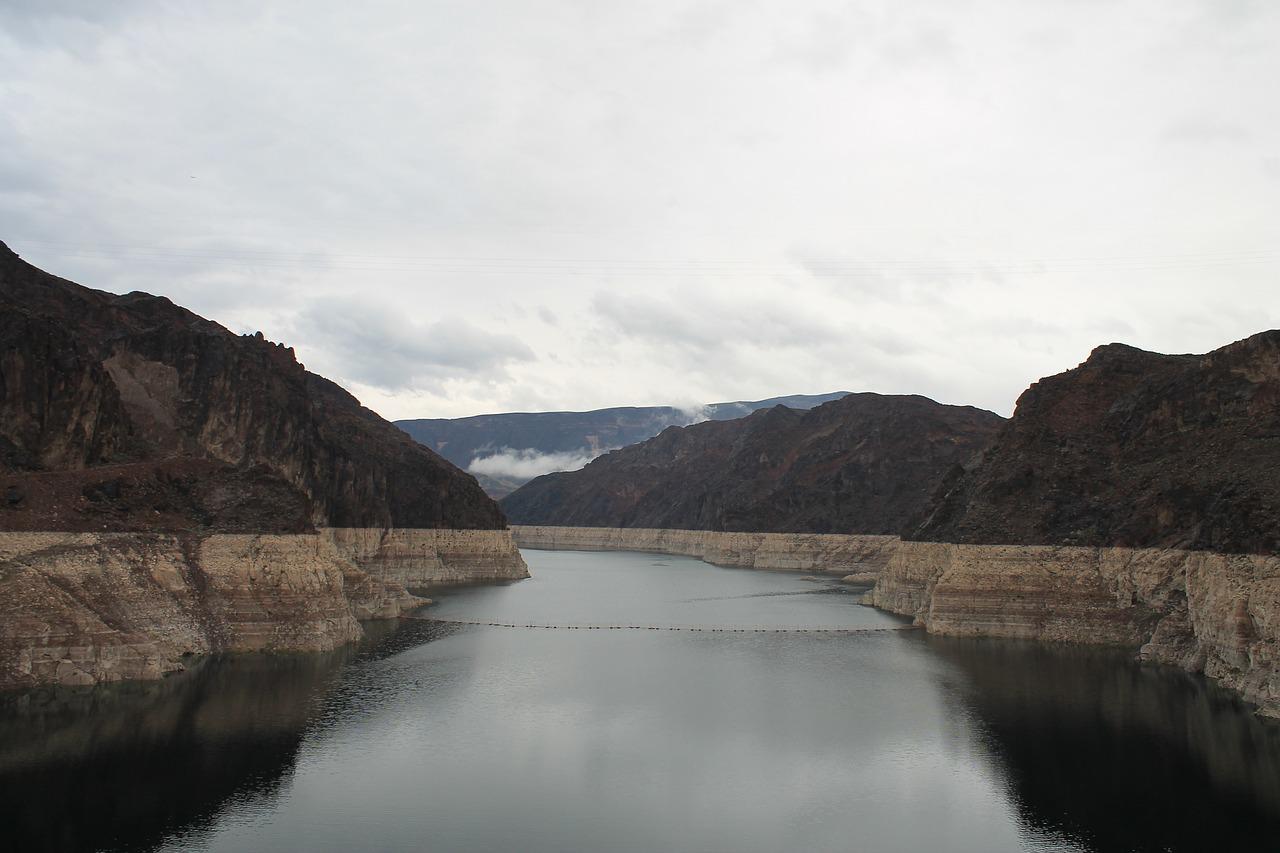The Bureau of Reclamation reports that the Department of the Interior, Bureau of Reclamation and representatives from all seven Colorado River Basin states signed completed drought contingency plans for the Upper and Lower Colorado River basins . The plans are designed to reduce risks from ongoing drought and protect the single most important water resource in the western United States. The Colorado River, with its system of reservoirs and water conveyance infrastructure, supplies water for more than 40 million people and nearly 5.5 million acres of farmland across the western United States and Mexico. The supply has been impacted by 20 years of drought. According to the Bureau, Lake Powell and Lake Mead, the two largest reservoirs on the system and in the United States, are only 39% and 41% full respectively. And, while the basin experienced above-average snowpack in 2019, the total system storage across the basin began the water year at just 47% full.
. The plans are designed to reduce risks from ongoing drought and protect the single most important water resource in the western United States. The Colorado River, with its system of reservoirs and water conveyance infrastructure, supplies water for more than 40 million people and nearly 5.5 million acres of farmland across the western United States and Mexico. The supply has been impacted by 20 years of drought. According to the Bureau, Lake Powell and Lake Mead, the two largest reservoirs on the system and in the United States, are only 39% and 41% full respectively. And, while the basin experienced above-average snowpack in 2019, the total system storage across the basin began the water year at just 47% full.
“This is an historic accomplishment for the Colorado River Basin. Adopting consensus-based drought contingency plans represents the best path toward safeguarding the single most important water resource in the western United States,” said Reclamation Commissioner Brenda Burman. “These agreements represent tremendous collaboration, coordination and compromise from each basin state, American Indian tribes, and even the nation of Mexico.”
Tier 2 Declaration Around the Corner.
The nation’s largest reservoir, Lake Mead, dropped below 1,050 feet elevation for the first time  last week. This is an important milestone that could result in more water cuts under a “Tier 2” shortage declaration.
last week. This is an important milestone that could result in more water cuts under a “Tier 2” shortage declaration.
On May 6, the Arizona Department of Water Resources, the Central Arizona Project and the Bureau hosted a presentation on the unstable conditions. Of the serious challenges facing the Colorado River system, Lake Powell, which is upstream of Lake Mead and normally releases water into the system, at 24 percent of capacity, its lowest level since the reservoir was first filled.
on the unstable conditions. Of the serious challenges facing the Colorado River system, Lake Powell, which is upstream of Lake Mead and normally releases water into the system, at 24 percent of capacity, its lowest level since the reservoir was first filled.
At the May 6 presentation , officials warned that a Tier 2 shortage could be declared as soon as August
, officials warned that a Tier 2 shortage could be declared as soon as August , a year following the first-ever Tier 1 shortage declared in 2021.
, a year following the first-ever Tier 1 shortage declared in 2021.
Arizona officials want people to start conserving by cutting down on their outdoor water uses.
Overall, under a Tier 2 declaration , Arizona would go from its current 18% cut under Tier 1 to 21%. Nevada’s cut would increase from 7% to 8%. Mexico will also see a 7% cut in its Colorado River water. If the next stage is declared after Tier 2, California would see a mandatory 5% cut. Agriculture and municipal water users will be affected.
, Arizona would go from its current 18% cut under Tier 1 to 21%. Nevada’s cut would increase from 7% to 8%. Mexico will also see a 7% cut in its Colorado River water. If the next stage is declared after Tier 2, California would see a mandatory 5% cut. Agriculture and municipal water users will be affected.
Arizona’s ABC News characterizes the situation as a “5 Alarm Fire:”


Leave a Reply